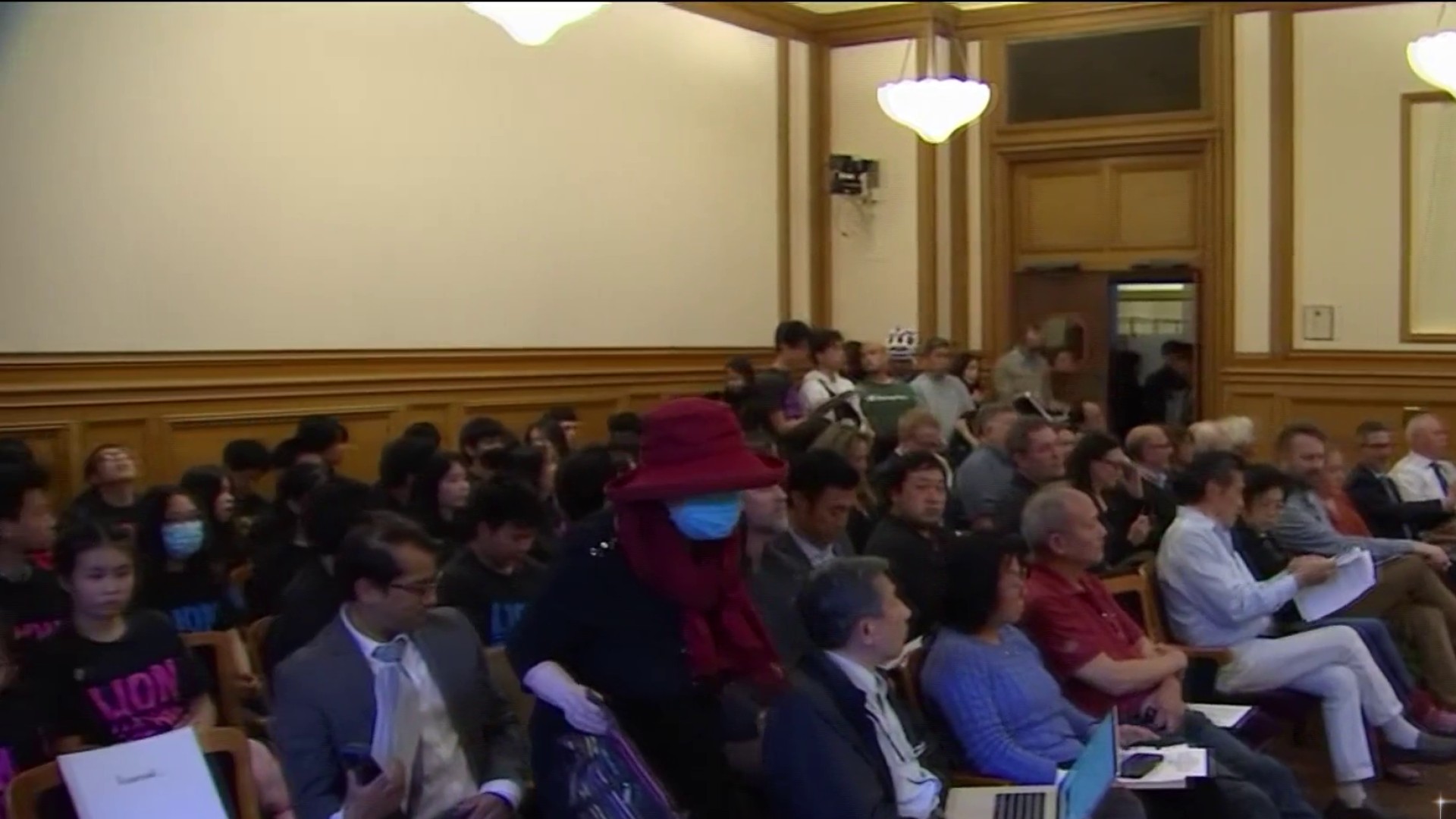The climbing community in the Bay Area is shaken up after two dangerous rock falls in Yosemite Valley this week.
On Wednesday, a man from the United Kingdom was killed and his wife injured while hiking along a path at the base of El Capitan. Then on Thursday, a much larger rock fall injured a man and made the Yosemite Valley look like a war zone engulfed in a huge dust cloud.
Climbers on Friday said they know there are risks inherent to their sport, but they do it anyway because they love it. The climbers also said they were saddened, but not surprised by this week's events.
"Ultimately these climbers need to make decisions on their own and good decisions," said the National Park Service Public Information Officer, Scott Gedimen.
Park officials on Friday released a new estimate on the size of Thursday's slide, which was much larger than a deadly slide one day before. The slab that broke apart on Thursday was nearly 400 feet tall, which is the equivalent of a 35-story building. It weighed 30,000 tons, officials said.
"I just think about it...and the hairs stick up on my arm," said Peter Zabor, a climber with decades of experience.
Zabor had just climbed the section that collapsed Thursday and was able to record video showing the massive dust cloud. Zabor said he is incredibly lucky and in awe of nature's sheer power.
On Wednesday, the smaller slide in the same area killed a British man and injured his wife. On Friday the wife was listed in fair condition at a local hospital.
British media reports the couple was in Yosemite celebrating their one-year wedding anniversary.
Laura Doughty, an avid climber in San Jose, said this all a reminder that her sport in inherently dangerous.
"While we try to keep ourselves as safe as we can, sometimes there's just things that are out of our control and it's kind of sobering and reminding you that these things can happen," Doughty said.
Doughty said the recent rock falls have made her emphasize safety even more and she said it starts with personal safety.
Local
Geologists said the break was probably caused by the expansion and contraction of the granite as it heats up during the summer and gets cold and more brittle in the winter.
San Jose State professor Kim Blisniuk, whose job is to study natural hazards around the world, says that water, climate change and even small earthquakes are factors in these rock slides.
"In the case of rock falls the basic agent is gravity, the heavy rock tends to want to move from high to low elevation," said Blisniuk.
Blisniuk says the rocks slides from at Yosemite are a common natural geological disaster, but they won't be the last.



